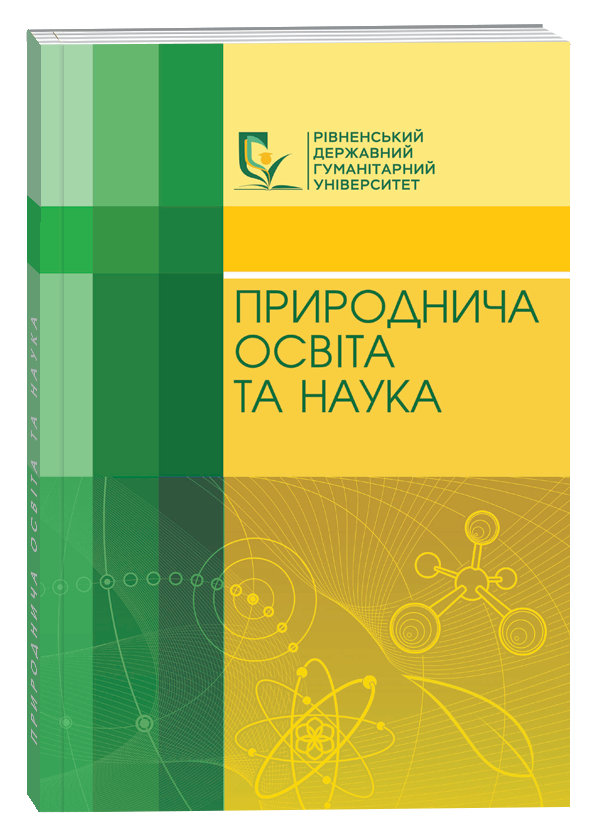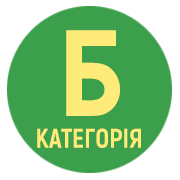POSSIBILITIES OF ARTIFICIAL INTELLIGENCE IN THE STUDY OF PHYSICS IN HIGHER EDUCATIONAL INSTITUTIONS: REALITIES AND PROSPECTS
Abstract
The modern world dictates new requirements for the educational process, which necessitates the need to supplement traditional teaching methods with innovative approaches. In the context of rapid technological development and constant social changes, the relevance of implementing innovative teaching methods is becoming increasingly obvious. This is especially true for studying physics in higher education, where students are faced with complex theories and abstract concepts. The use of modern technologies, such as interactive programs, virtual laboratories and multimedia presentations, can significantly increase the effectiveness of the educational process and student interest in studying the subject. The development and implementation of innovative pedagogical approaches is a necessary condition for ensuring high-quality education. This contributes to preparing the younger generation for the challenges of the modern world, the formation of critical thinking and the ability to independently learn and apply the acquired knowledge in practice. The article is devoted to the application of artificial intelligence in the educational process. Contradictions between the active use of artificial intelligence and the imperfection of the current legal framework regulating its implementation are revealed. The need to adapt methodological support for effective teaching is emphasized, taking into account the imbalance in the use of artificial intelligence technologies between students and teachers. The functions of artificial intelligence that can be successfully integrated into the educational process are considered. Among them: an assistant teacher who supports learning, adaptive testing that adjusts to the level of knowledge of students, as well as an automated assessment system and data analysis to monitor success. Special attention is paid to the need for further research into the impact of artificial intelligence on the intellectual development of students and the training of specialists for the creation of innovative educational systems. As an example, the use of artificial intelligence in teaching physics in higher education institutions is given.
References
2. Мар’єнко М.В., Шишкіна М.П., Коновал О.А. Методологічні засади формування хмаро орієнтованих систем відкритої науки у закладах вищої педагогічної освіти. Інформаційні технології і засоби навчання. 2020. № 89 (3). С. 209–232.
3. Мельник А.В. Застосування штучного інтелекту в освітньому середовищі: потенціал та виклики. Розвиток педагогічної майстерності майбутнього педагога в умовах освітніх трансформацій : матеріали ІІІ Всеукраїнської науково-практичної конференції, м. Глухів, 7 квітня 2023 р. Глухів, 2023. С. 250–253.
4. Яцишина М.М., Федчишин О.М. Використання штучного інтелекту для індивідуалізованого навчання з фізики. Збірник тез матеріалів XI Міжнародної науково-практичної інтернет-конференції. Сучасні цифрові технології та інноваційні методики навчання: досвід, тенденції, перспективи. Тернопіль, 2023. С. 94–96.
5. Approaches to the choice of tools for adaptive learning based on highlighted selection criteria / Y.B. Sikora, O.Y. Usata, O.O. Mosiiuk, D.S. Verbivskyi, E.O. Shmeltser. CEUR Workshop Proceedings. 2020. Р. 398–410.






